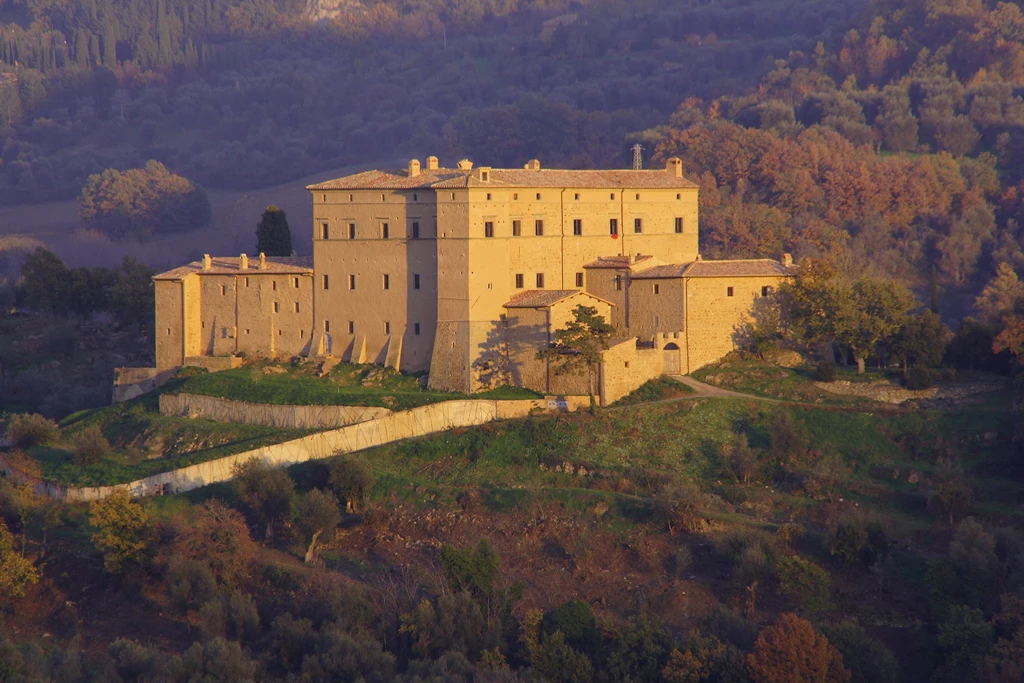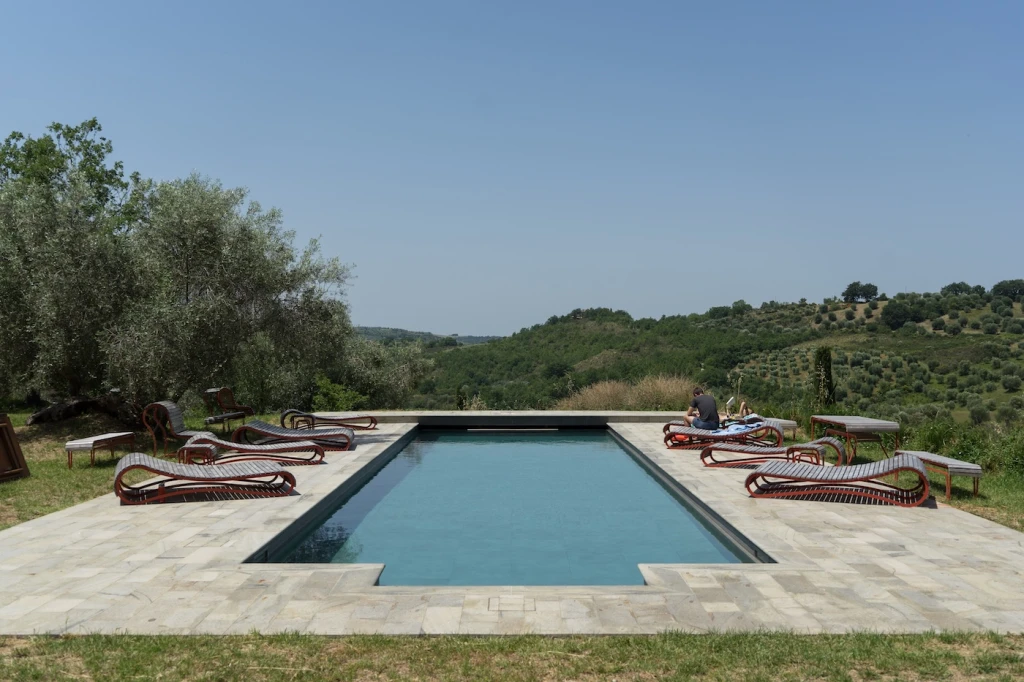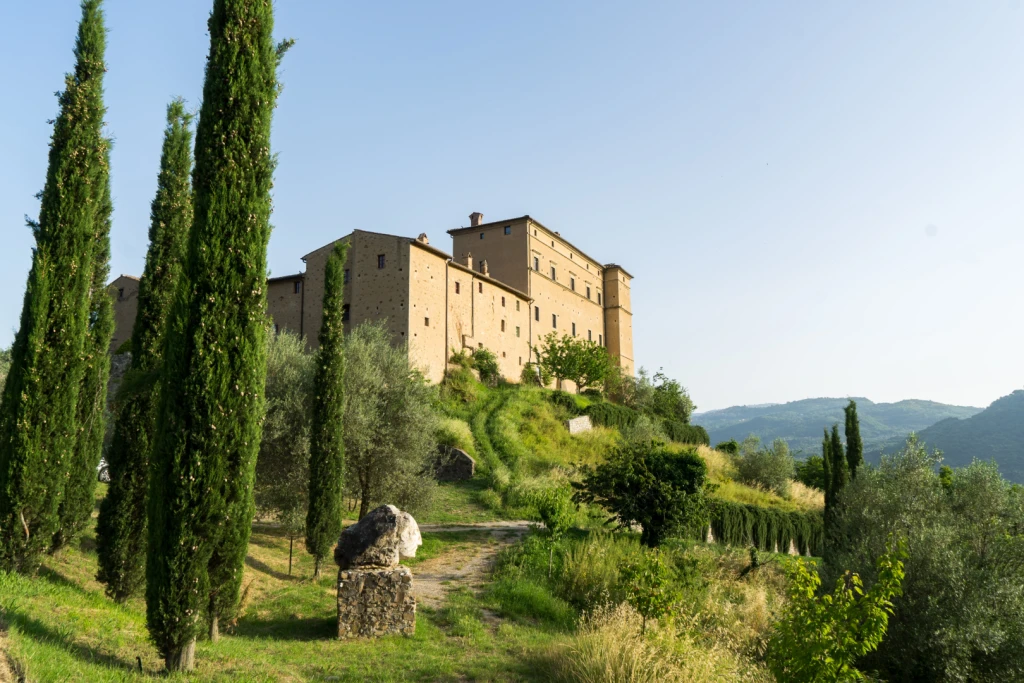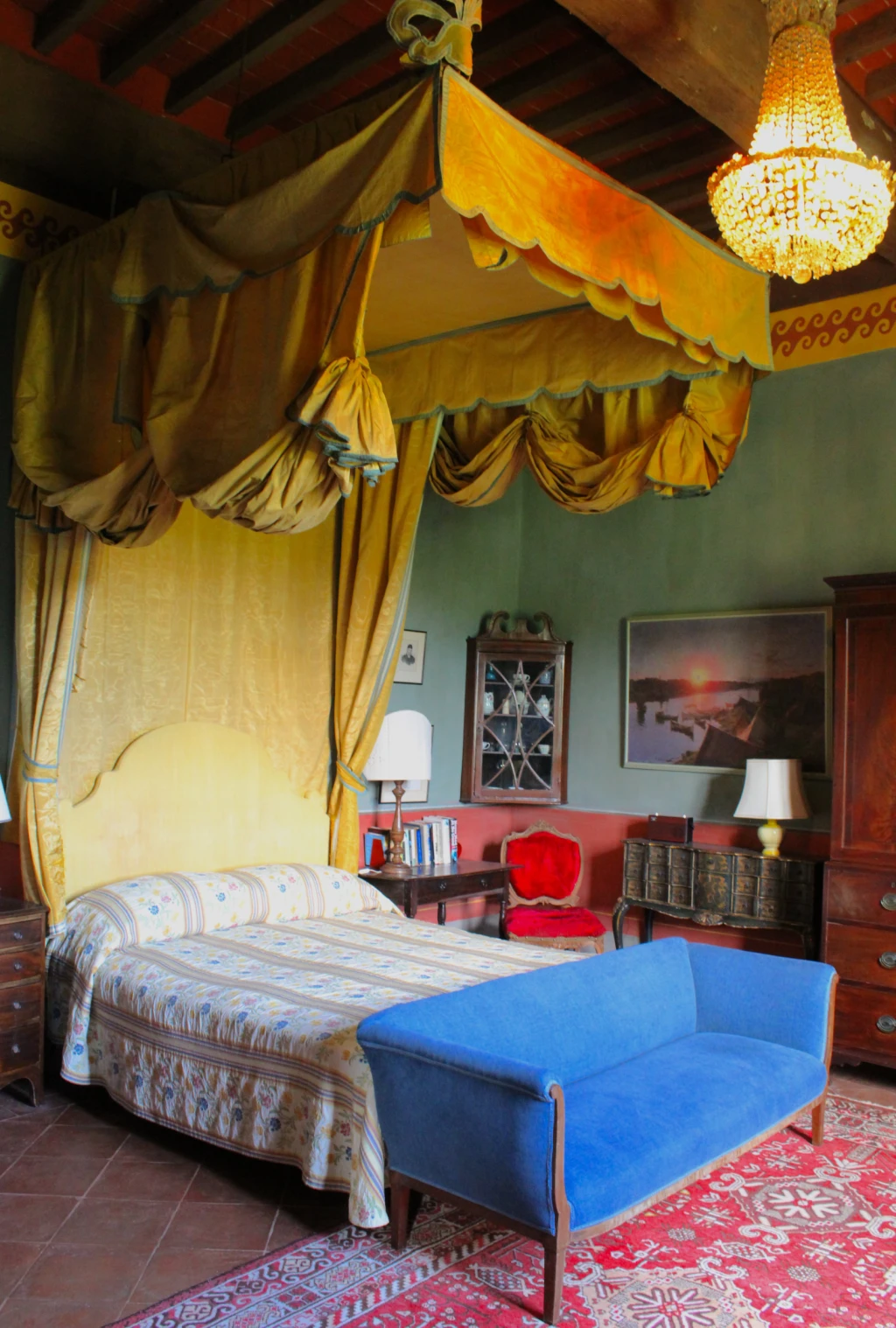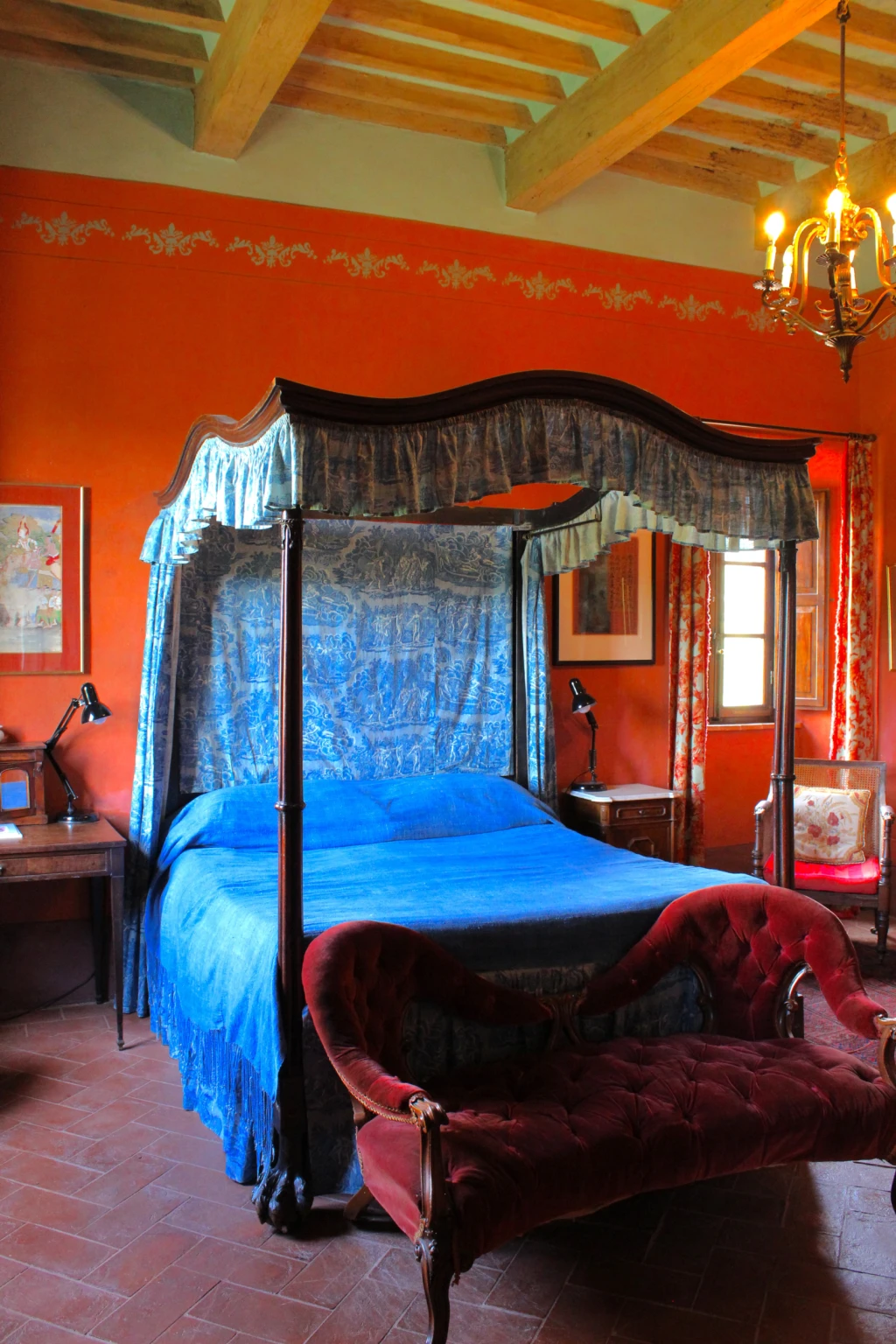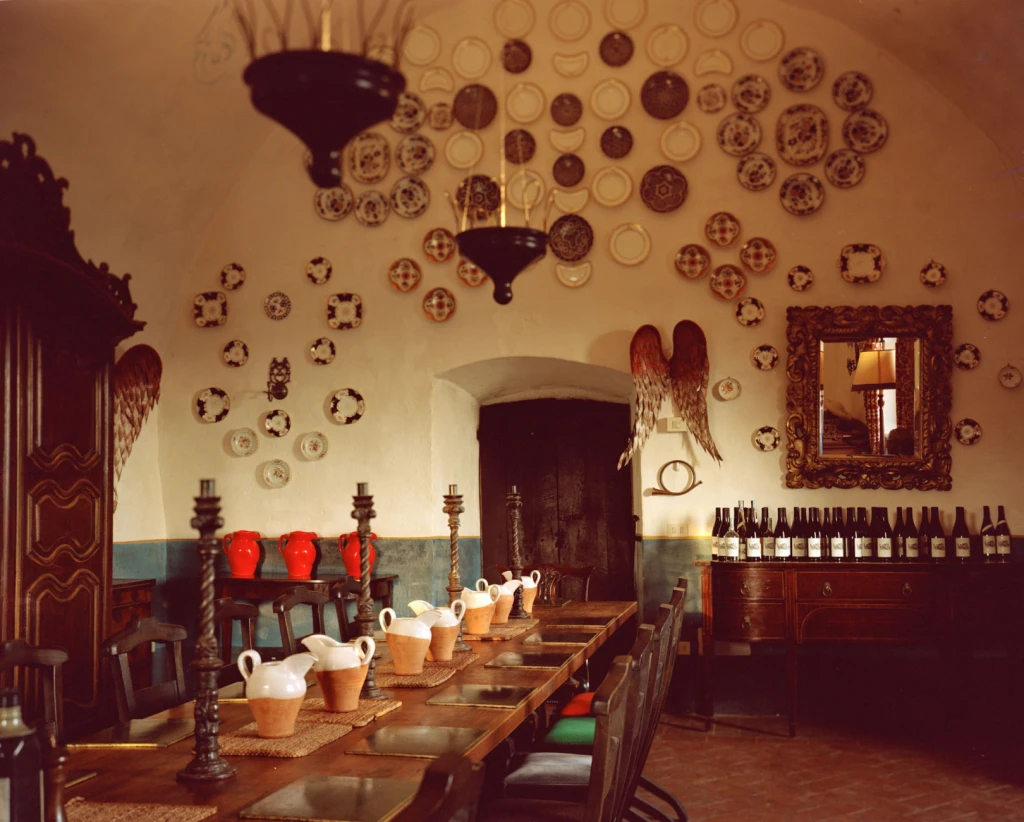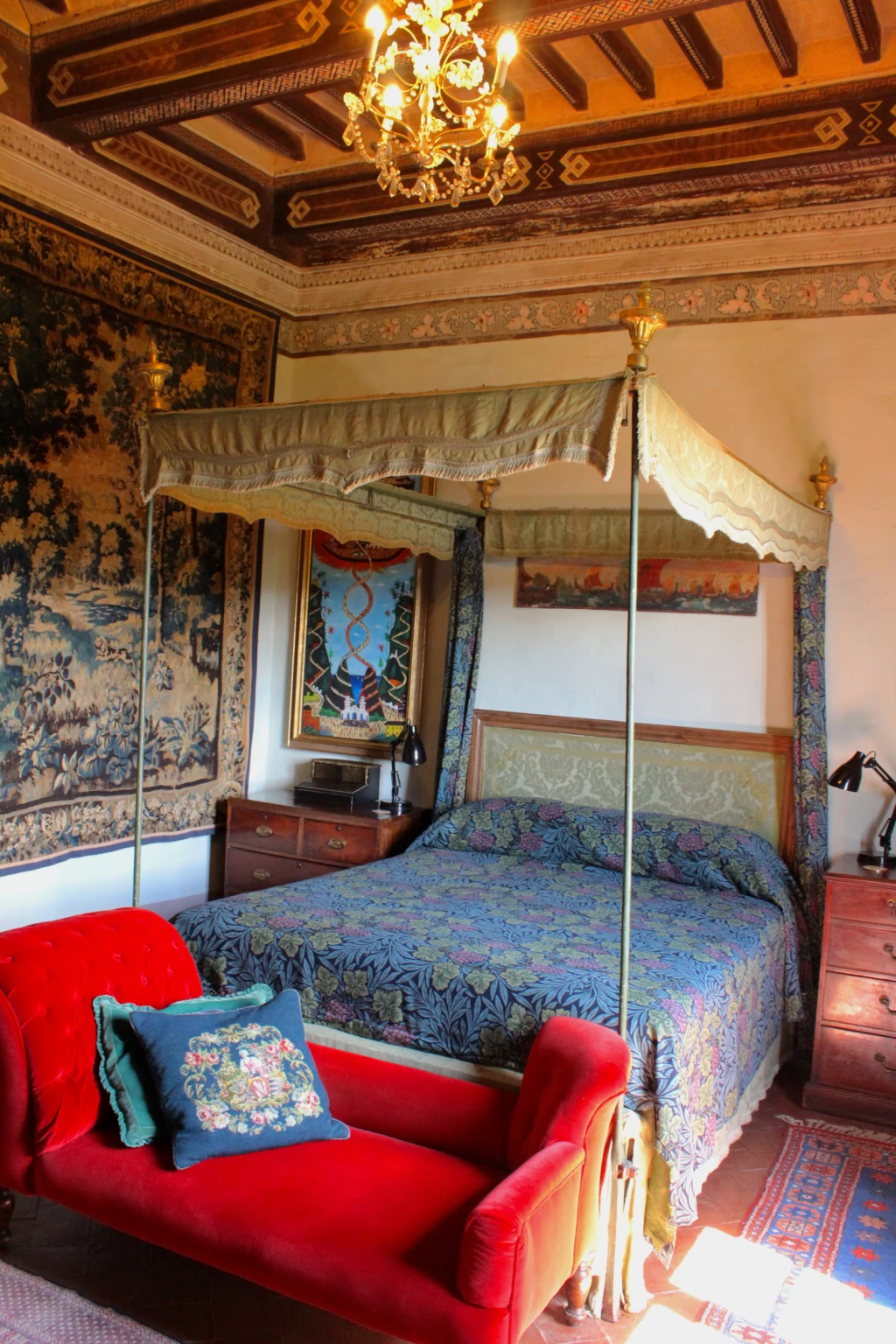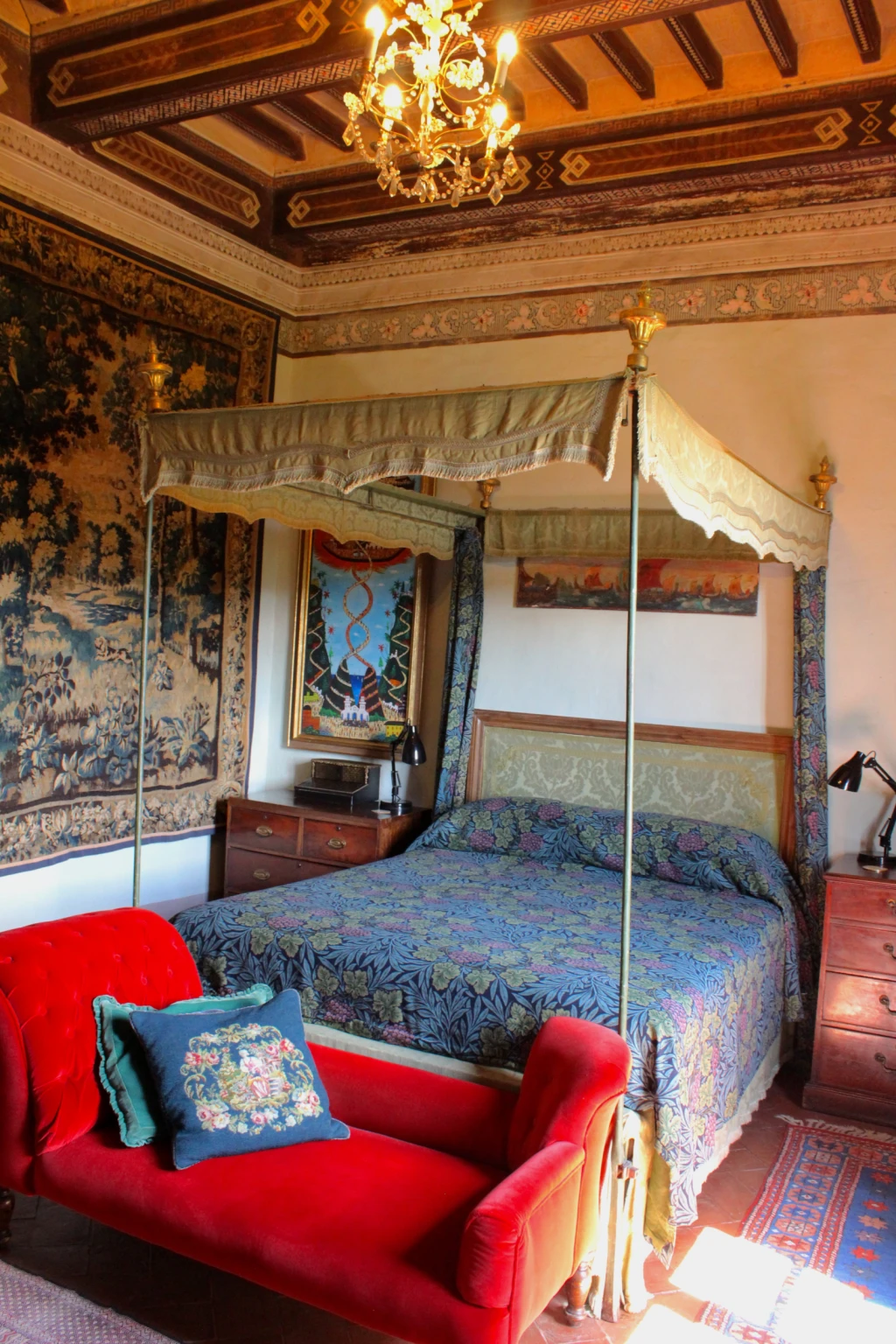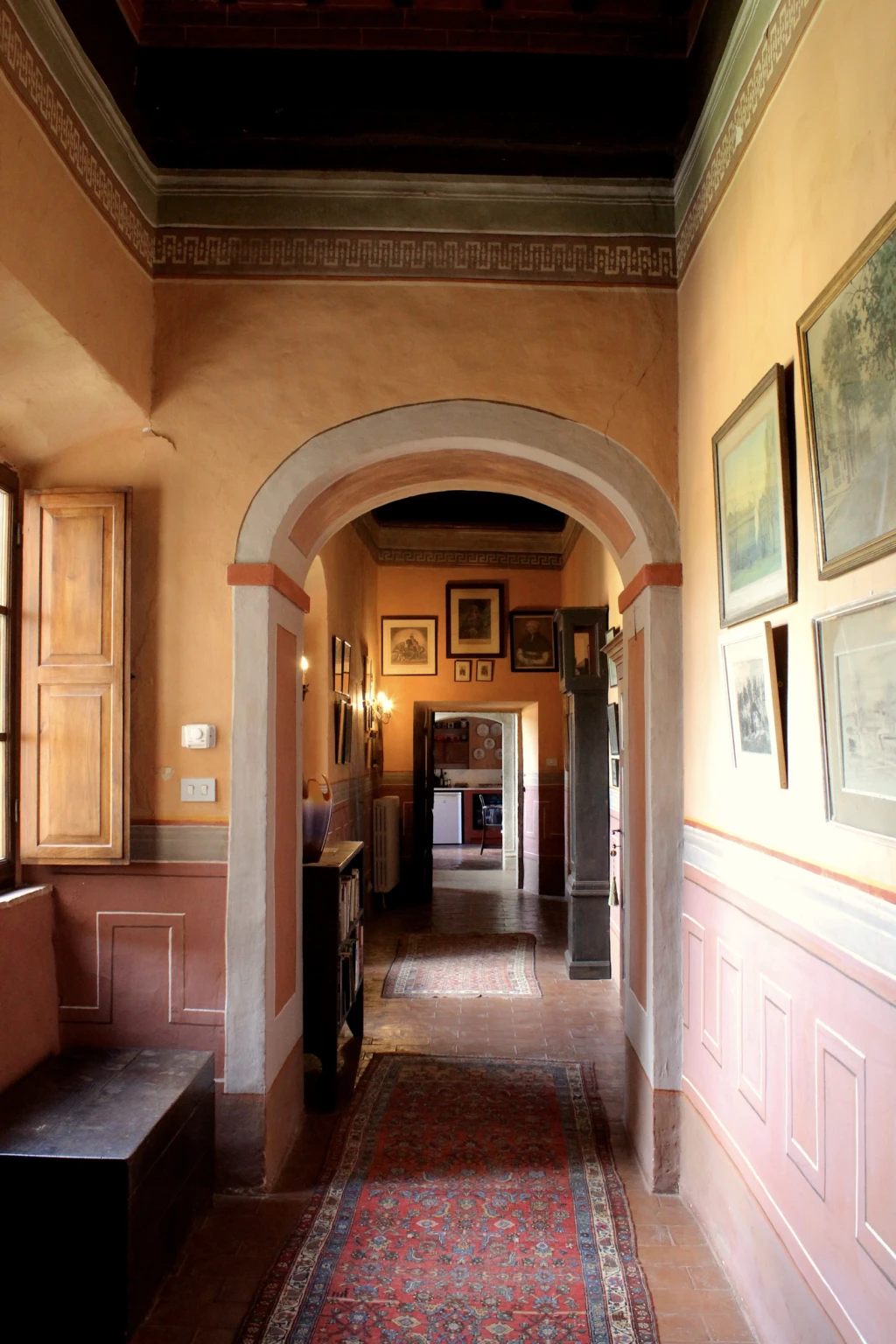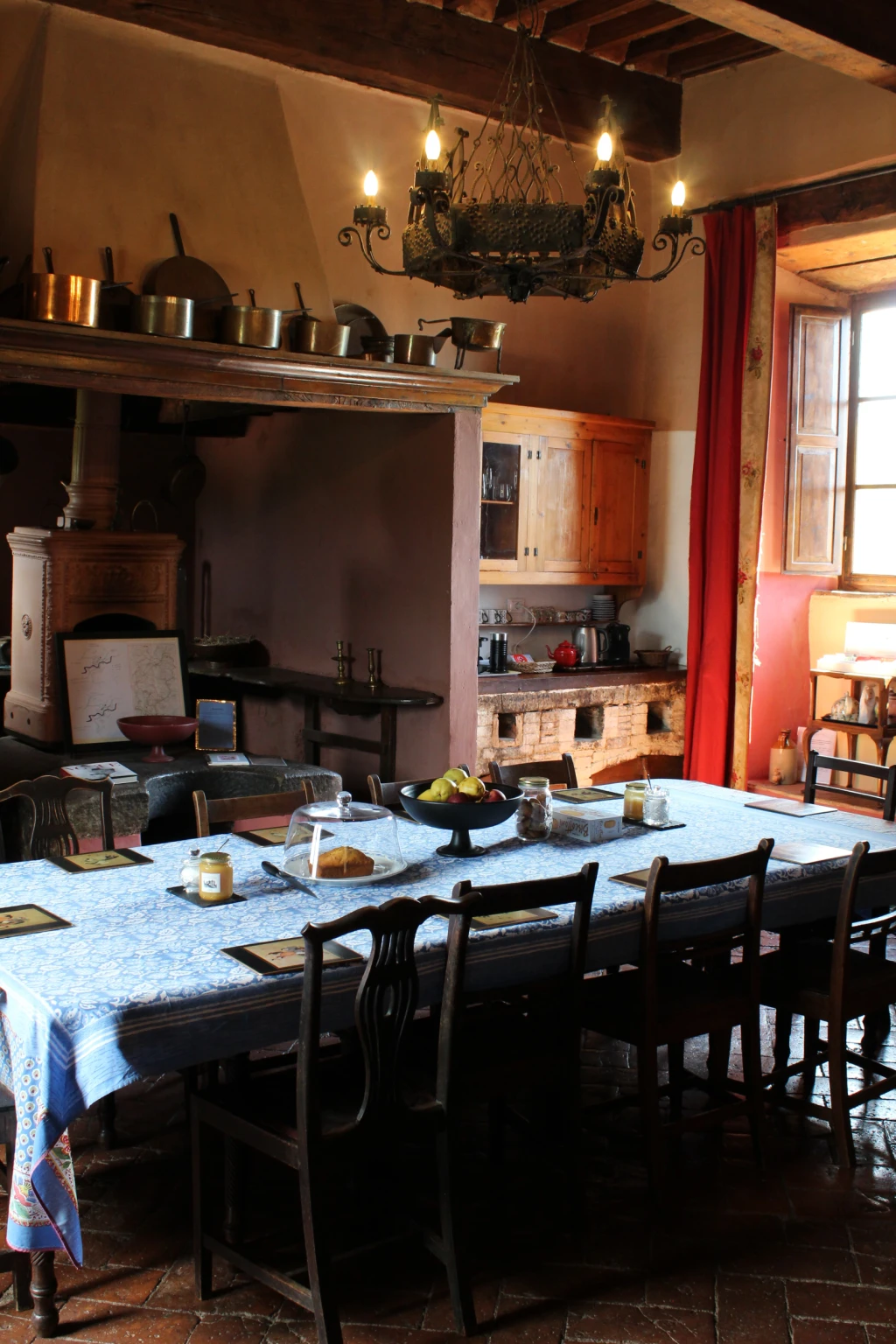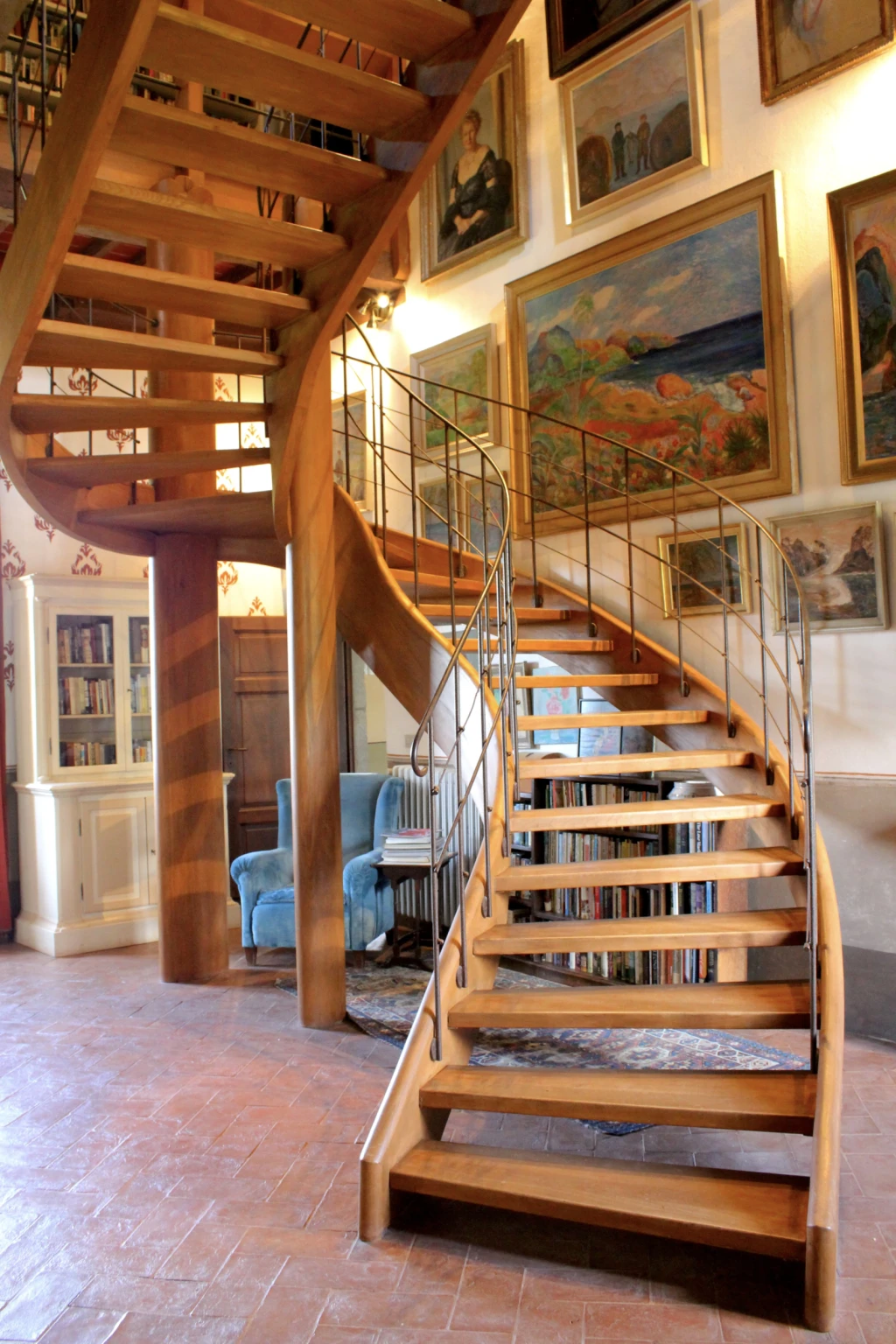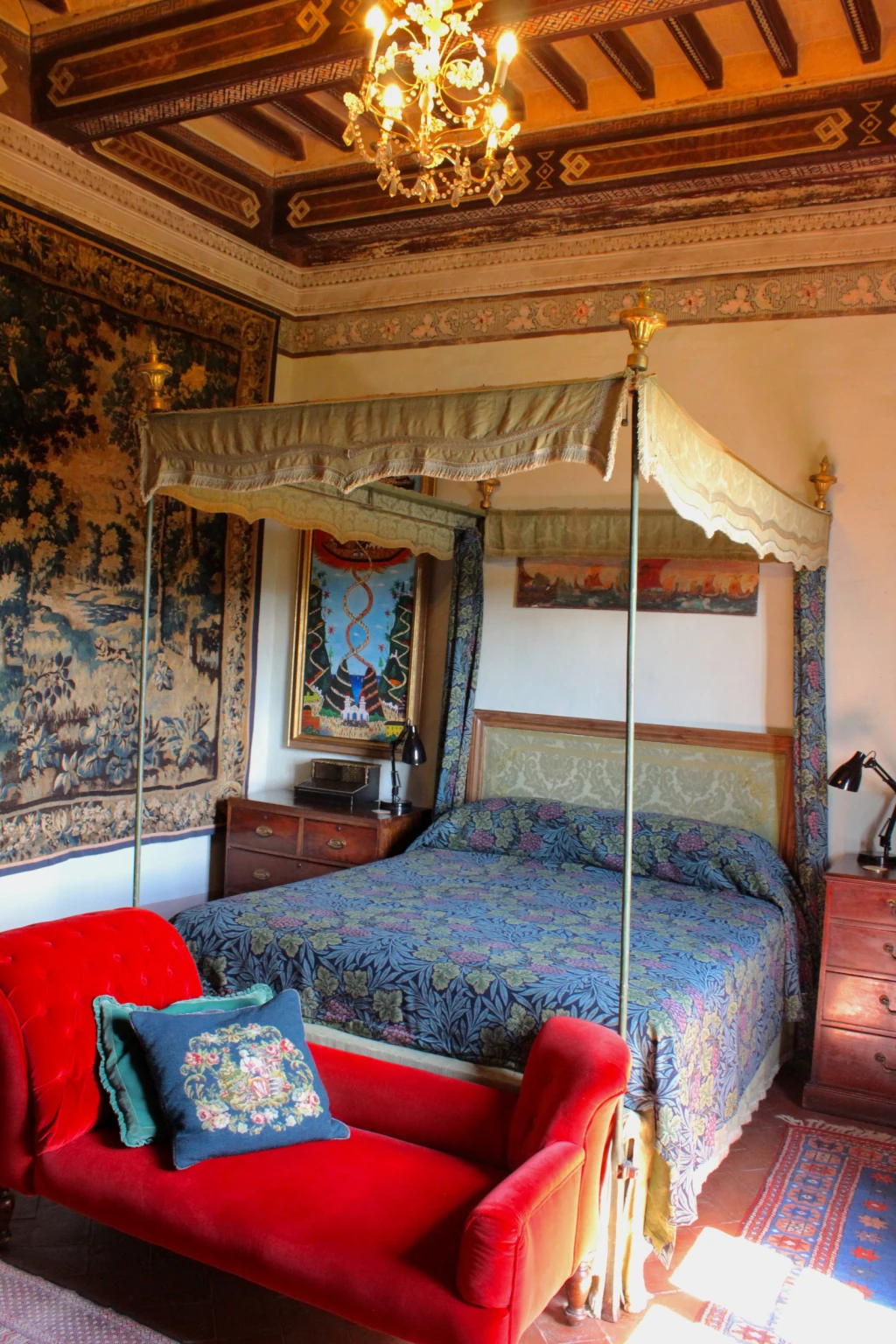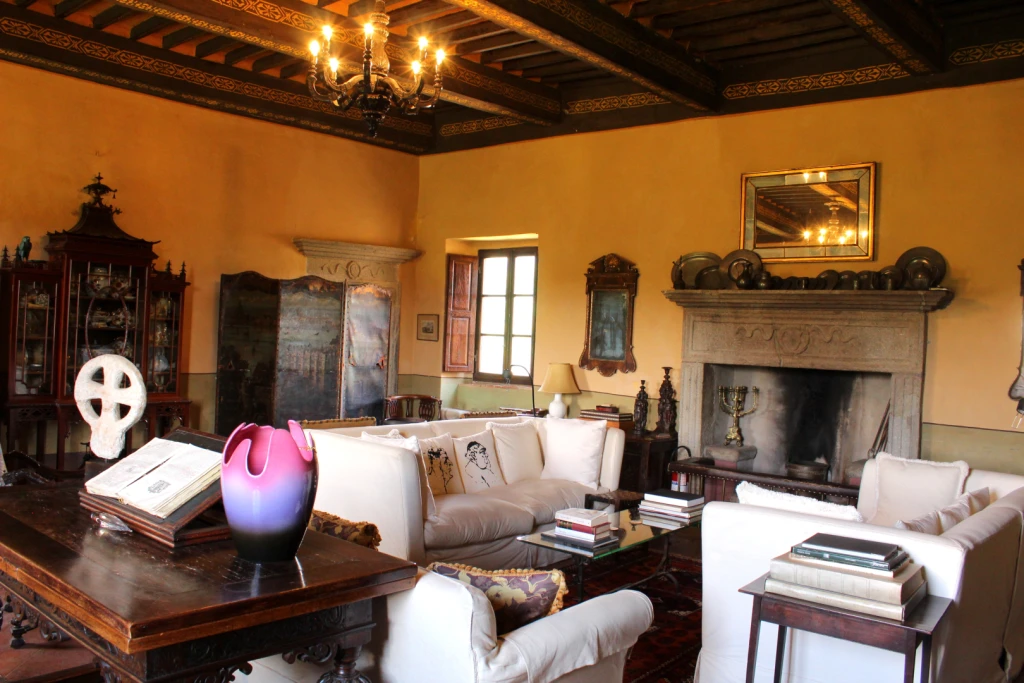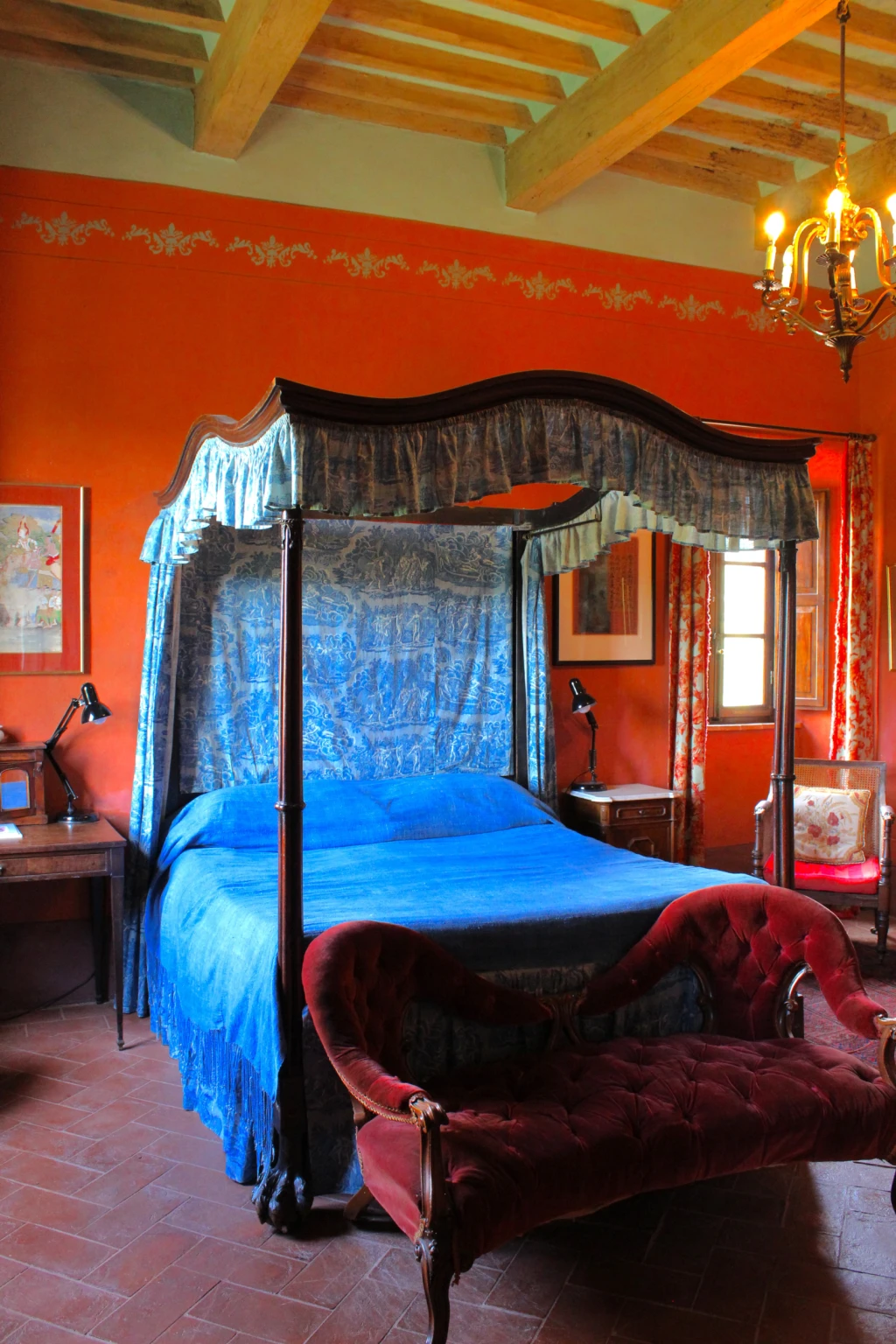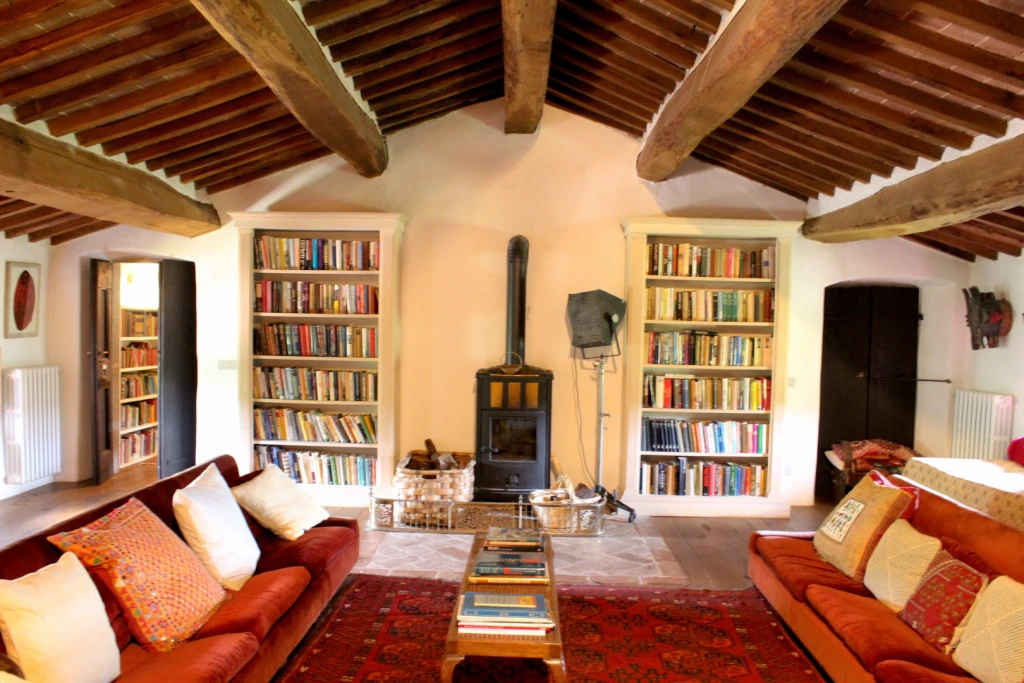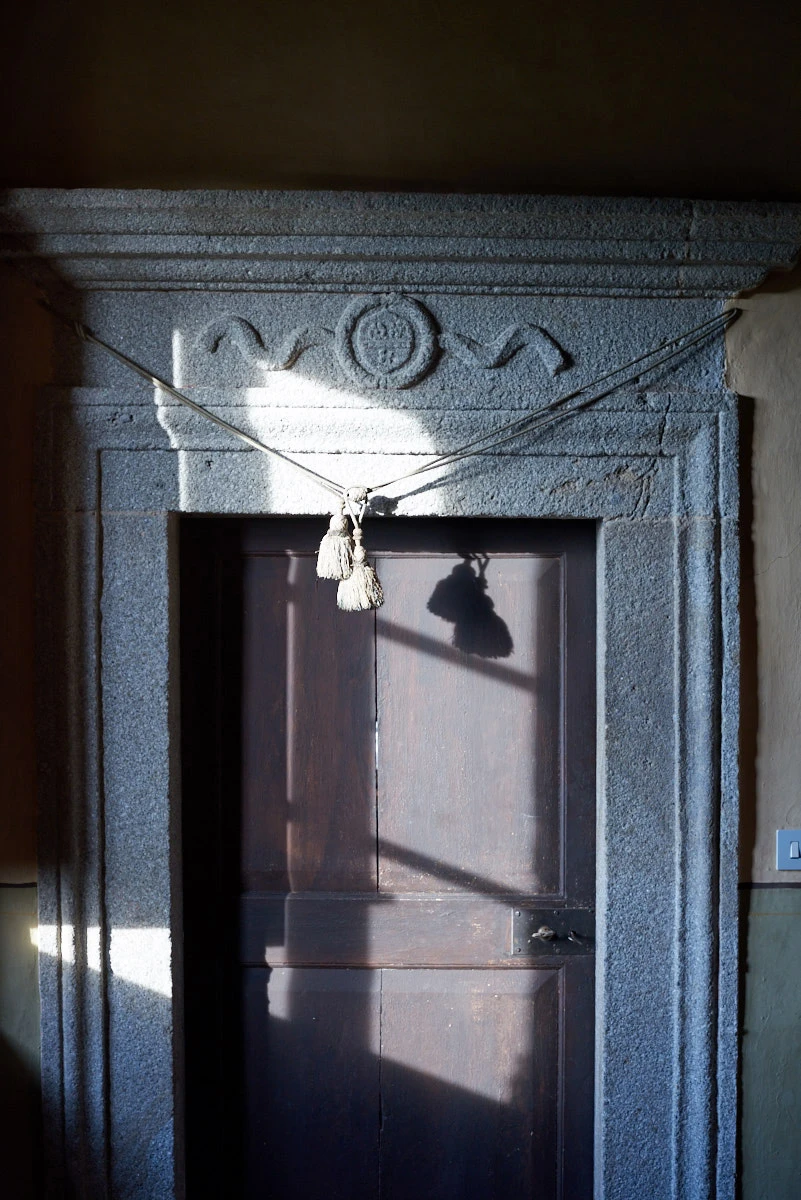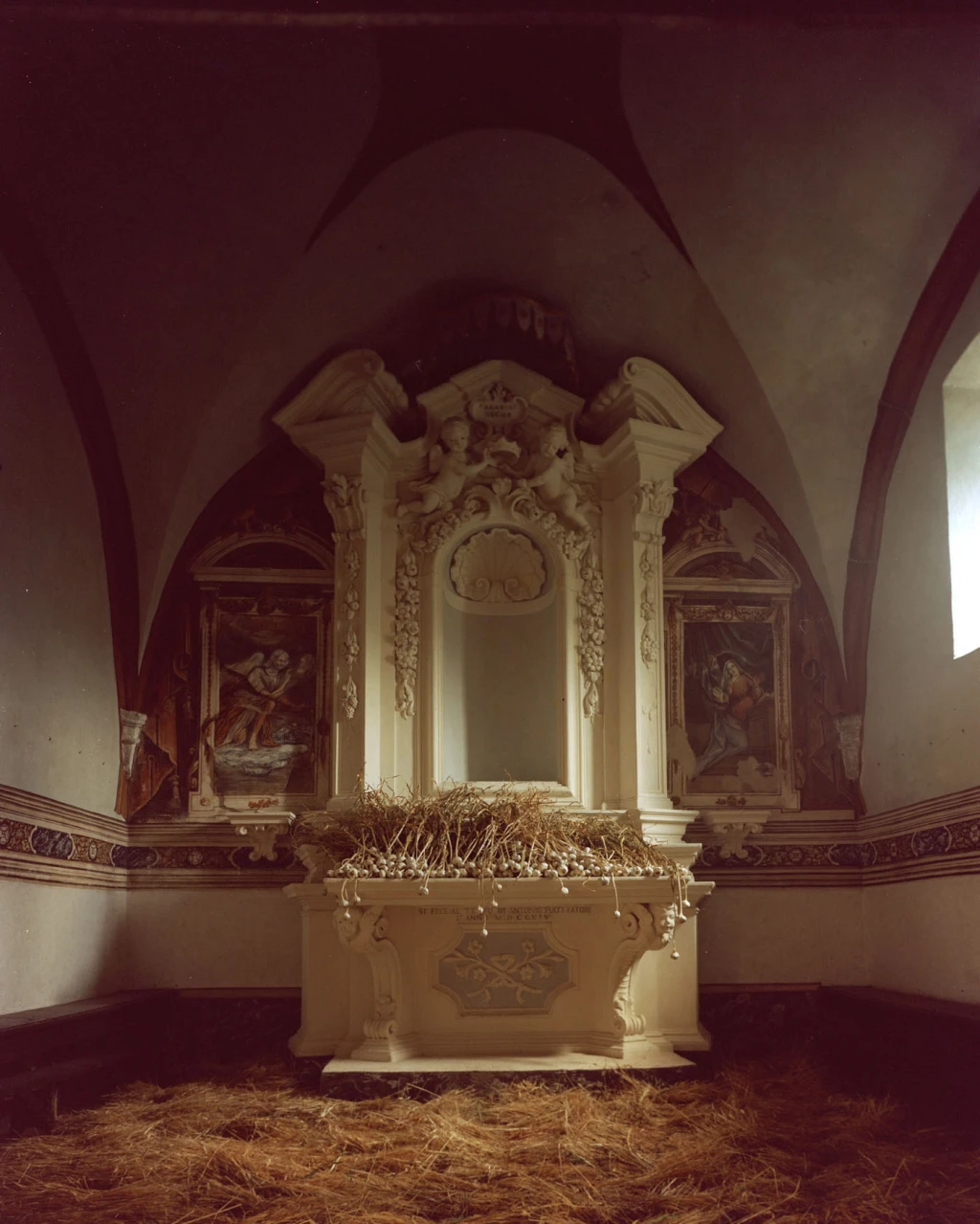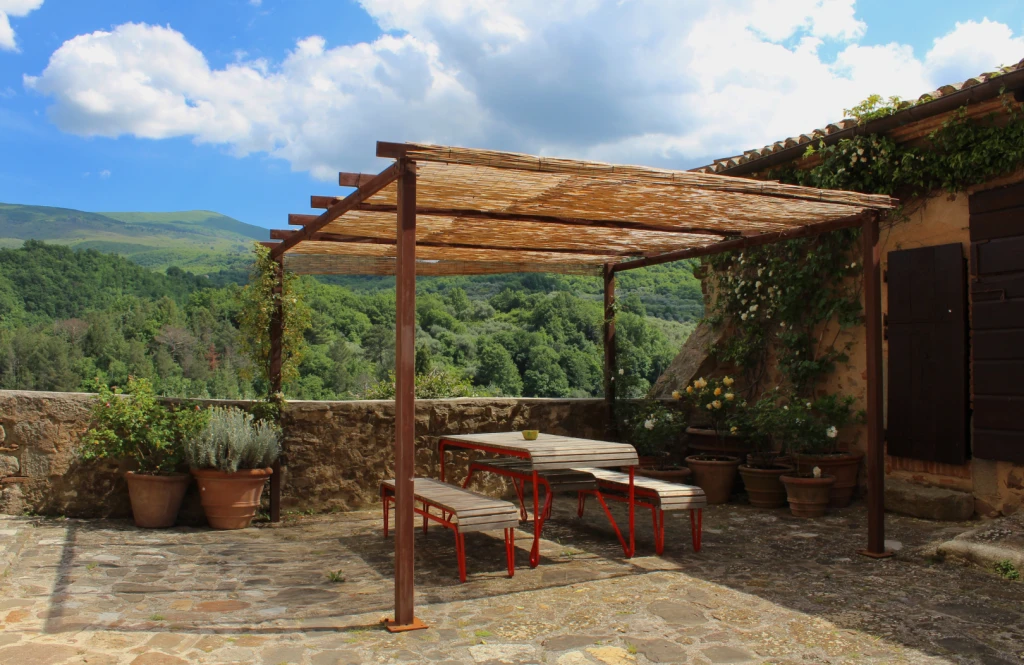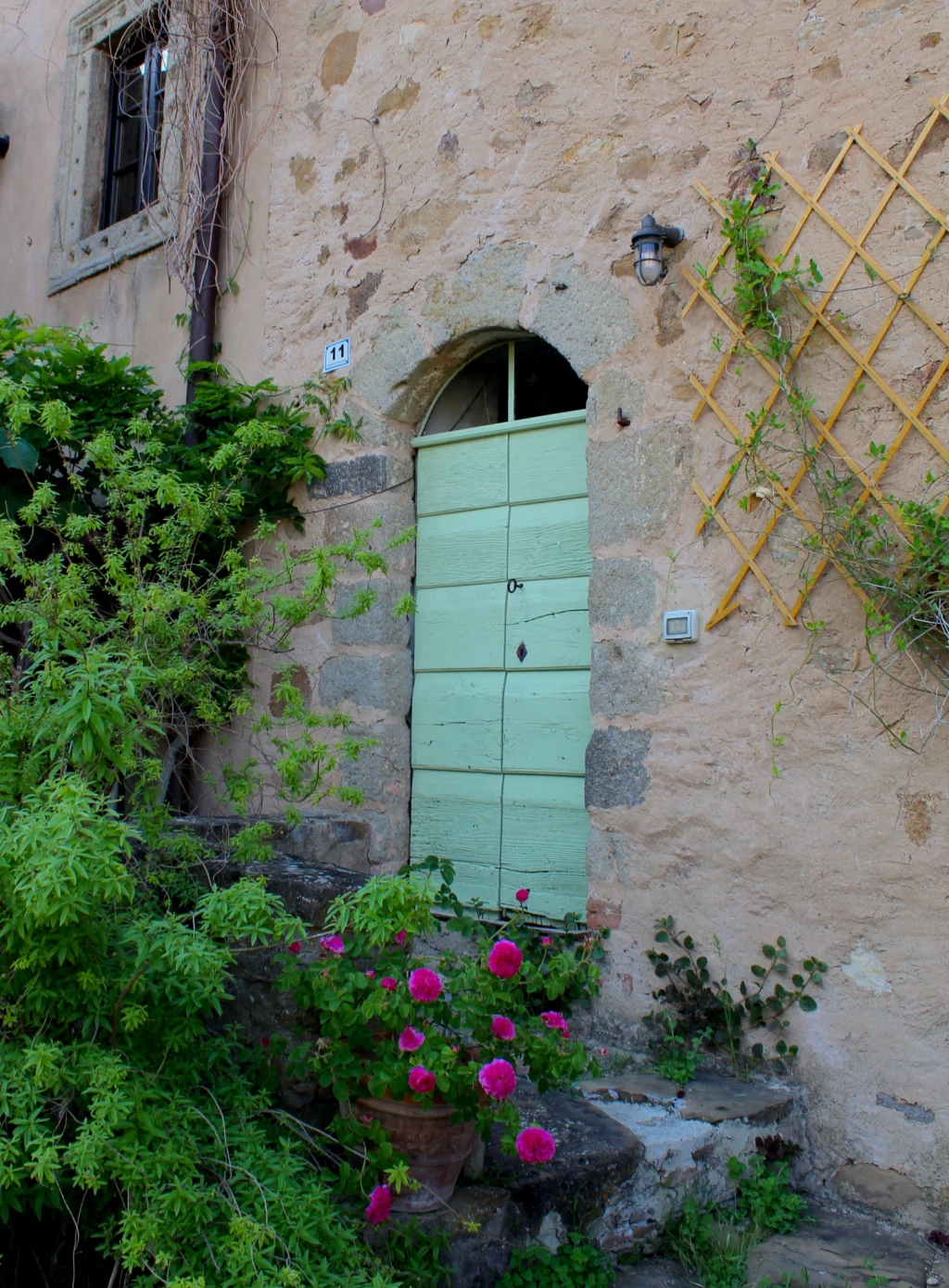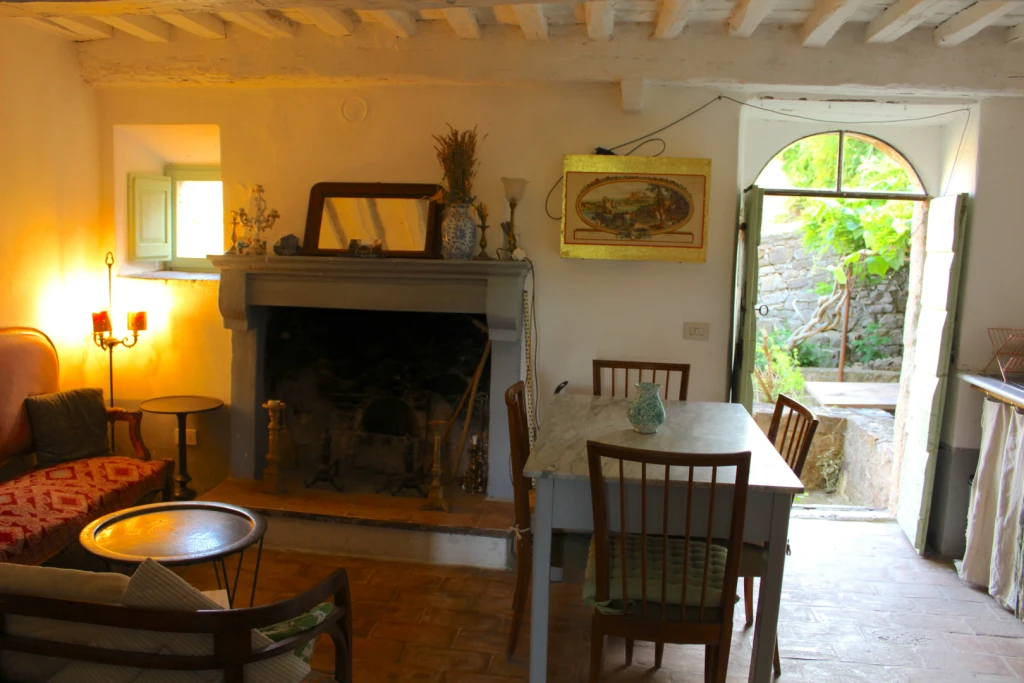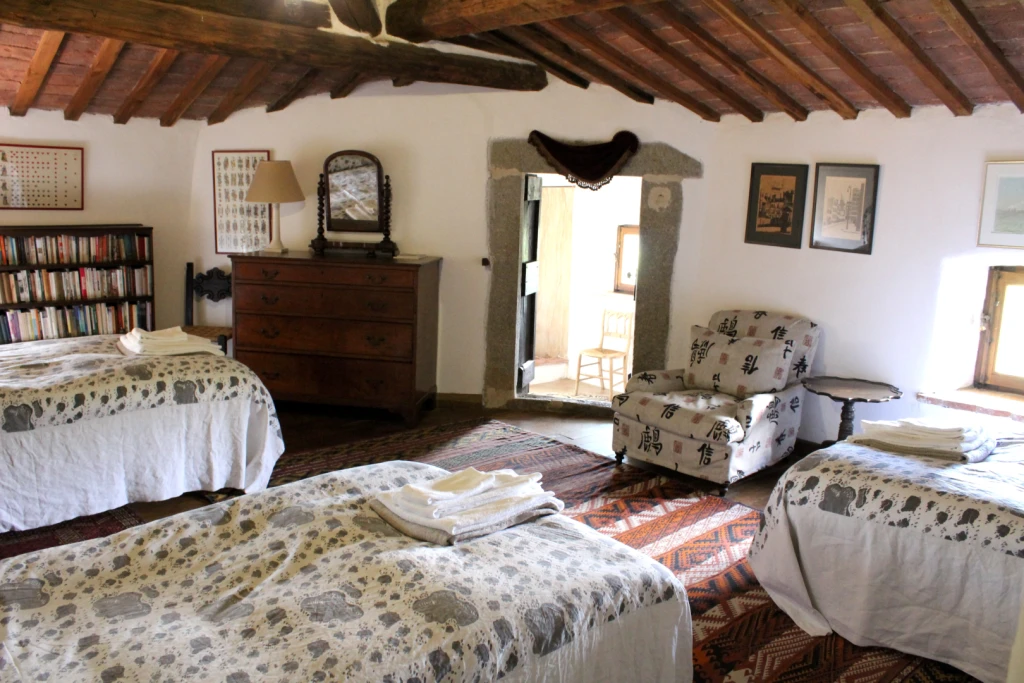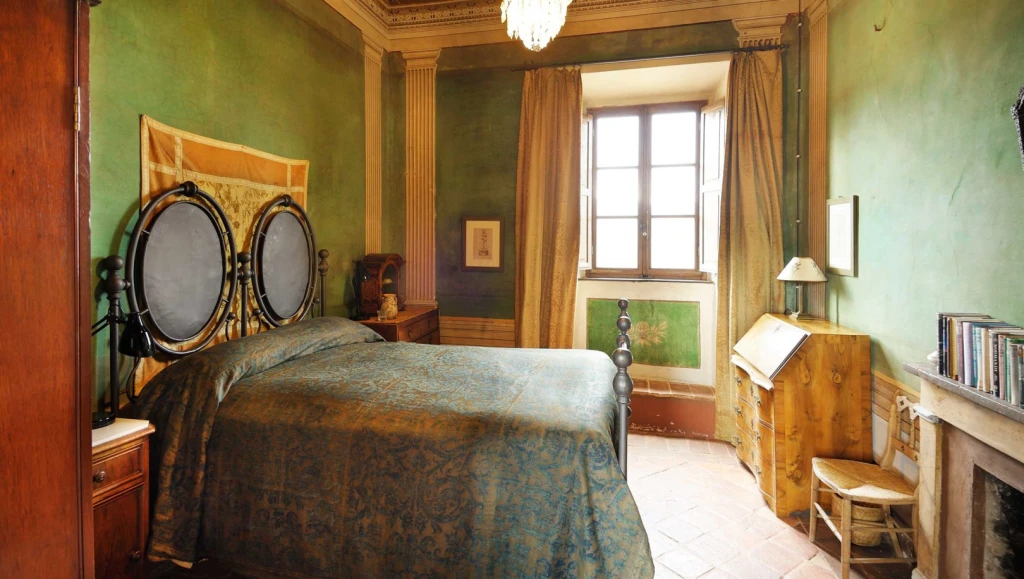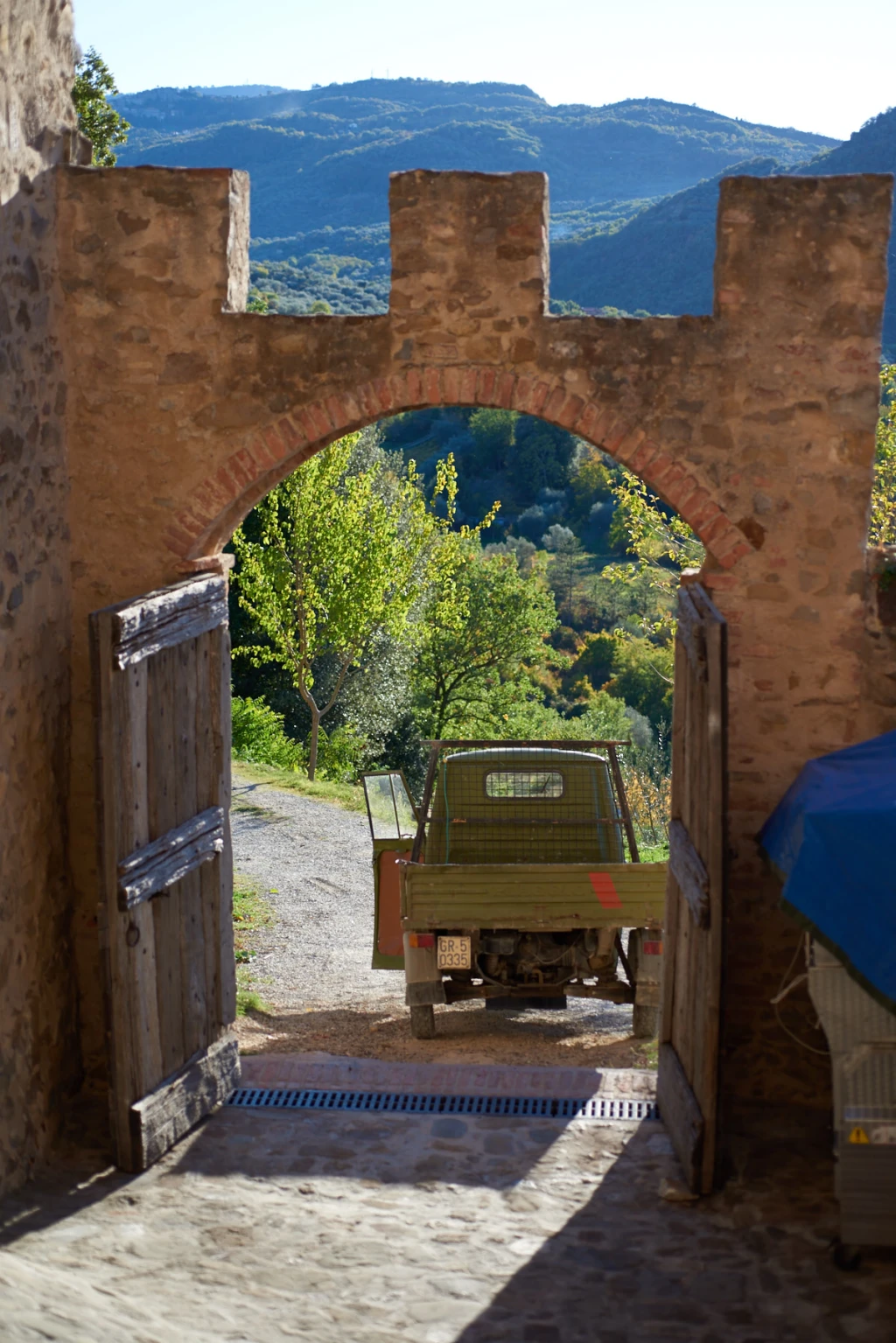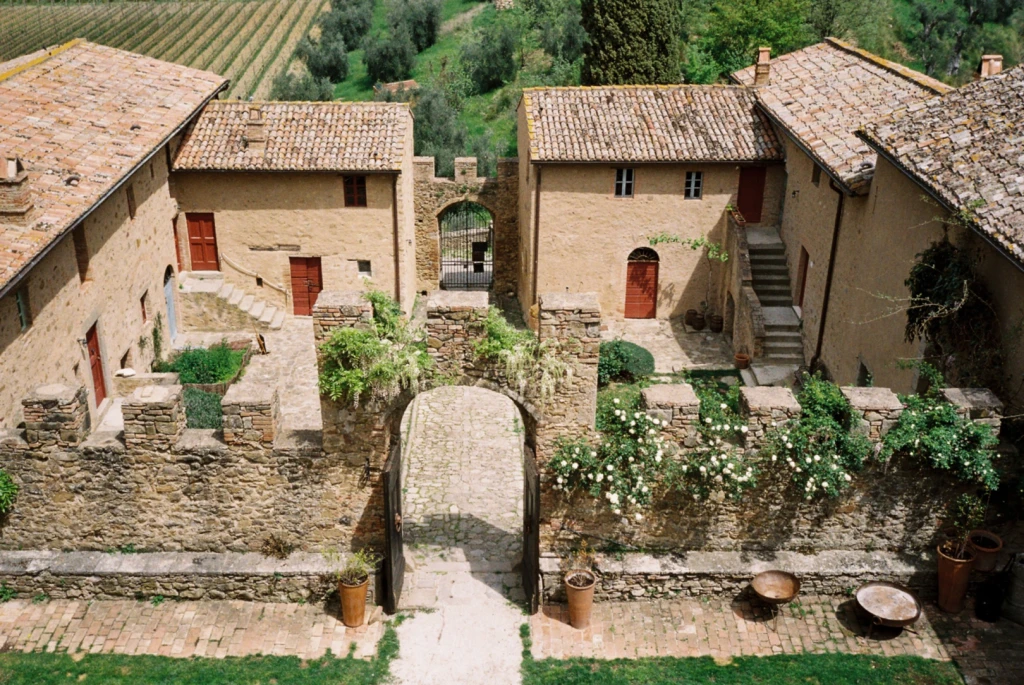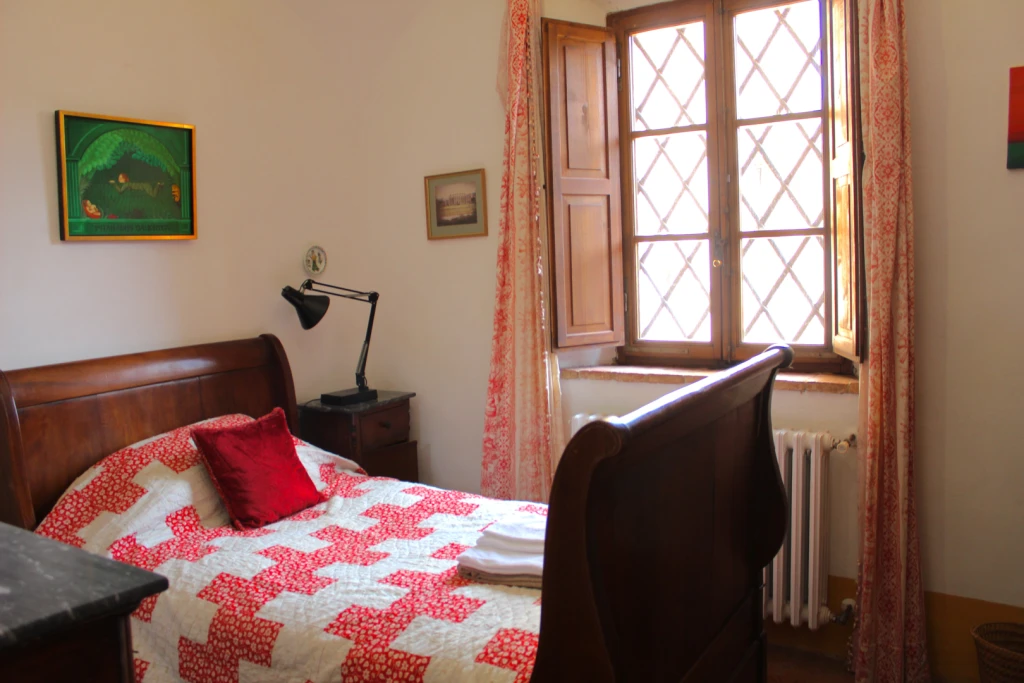Little Gem No. 072 | The Castle Life
A Castle Reclaimed by a Family of Visionaries
Tucked away in a forgotten valley at the foot of Mount Amiata, in one of the wildest corners of Tuscany, stands a medieval castle with roots reaching back to 1042—and likely far earlier, to Etruscan times. Abandoned and crumbling when it was rediscovered, this extraordinary place has been patiently and passionately brought back to life by a family of British eccentrics, creatives, and wine lovers.
At the helm is Charlotte Horton, a former Vogue journalist turned winemaker and castle restorer, who has lived and worked here since 2000. With the help of her brother Alexander and a devoted extended team, they’ve transformed a ruin into a lived-in, working home and vineyard—a place that feels both ancient and vital. The castle is not a museum piece, but a living, breathing organism full of stories, animals, children, and wine barrels.
The Castle
The castle feels lived-in and real, with the bones of its history proudly on display. No two rooms are alike. There are eight in total — each one characterful and comfortably worn-in, filled with old textiles, vintage furniture, books, and art. You’ll find vaulted ceilings, centuries-old doors, hand-painted walls and deeply personal touches everywhere. Staying here feels like being a guest in someone’s extraordinary home — because that’s exactly what it is.
The Rooms
There are eight bedrooms spread across the castle, each completely different from the next—no formulaic luxury here. Expect four-poster beds, ancient beams, antique textiles, and the sort of atmosphere you can’t fake. You’re sleeping in history, but with the comforts of a proper bed and warm water.
The Outdoors
The castle is surrounded by vineyards, olive groves, fig trees, and ancient oaks. A short walk up the hill brings you to the swimming pool, hidden among thousand-year-old olive trees, with wide views over the valley. There are quiet spots for reading, rambling paths for walking, and a beautiful shaded loggia where you can sip wine and watch the light shift across the stone walls.
You’ll probably meet Otto the Jack Russell, Circe the chocolate lab, and Carlotta the very elegant Italian greyhound, along with a rotating cast of free-roaming cats (often named after Roman emperors or tragic heroines). The animals are part of the family and give the place its lived-in, slightly wild atmosphere.
Location
This part of southern Tuscany — the Amiata — is still one of the region’s best-kept secrets. It’s rugged, wild, and untouched by mass tourism. The nearest villages are Seggiano and Montegiovi. Day trips to Montalcino, Pienza, Bagno Vignoni, and the Renaissance gardens of La Foce are all within easy reach. Or just stay close and explore the mountain itself, with its shady chestnut forests and quiet hiking trails
Extra touches
Life here moves at its own rhythm. Charlotte and her brother Alexander offer guided wine tastings (often led by the winemaker herself), and are happy to help plan outings, walks, and restaurant visits. There’s also a programme of workshops and events — from foraging and cooking classes to yoga, historical tours and cheese-making. Breakfast is low-key and self-serve, in the old canteen — local bread, fruit, pastries, and the occasional homemade jam.
Wine Club
If you fall in love with the wine — and many do — you can also join the castle’s informal Wine Club. It’s a lovely way to stay connected to the place from afar: think seasonal wine shipments, handwritten notes, and the occasional invite to an event back in Italy or London.
Nearest train station
The nearest train station is Grosseto (1 hr by car) — direct trains from Pisa and Rome
Nearest Airport
The closest airports are Florence (2 hrs), Perugia (1 hr 45 min), and Rome Fiumicino (2.5 hrs). A car is highly recommended.
Price Indication
Prices start at €230 per night (depending on room and season)

